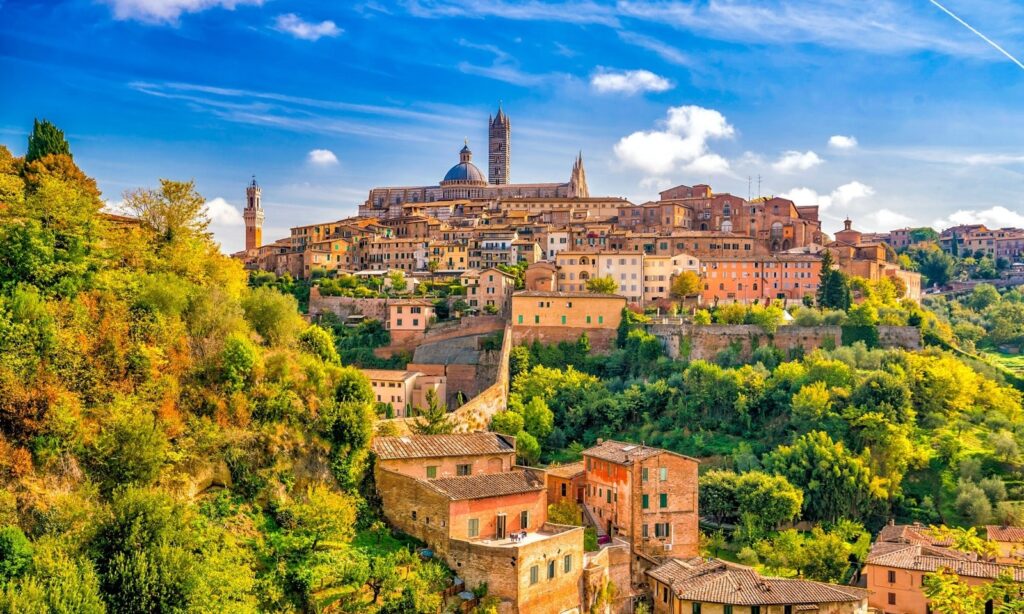Italy is a great country to visit. However, it is small, so we will only have time to see some things. That’s why planning a trip to Italy is so essential. Here are a few helpful tips and travel resources to make your trip to this beautiful country enjoyable.
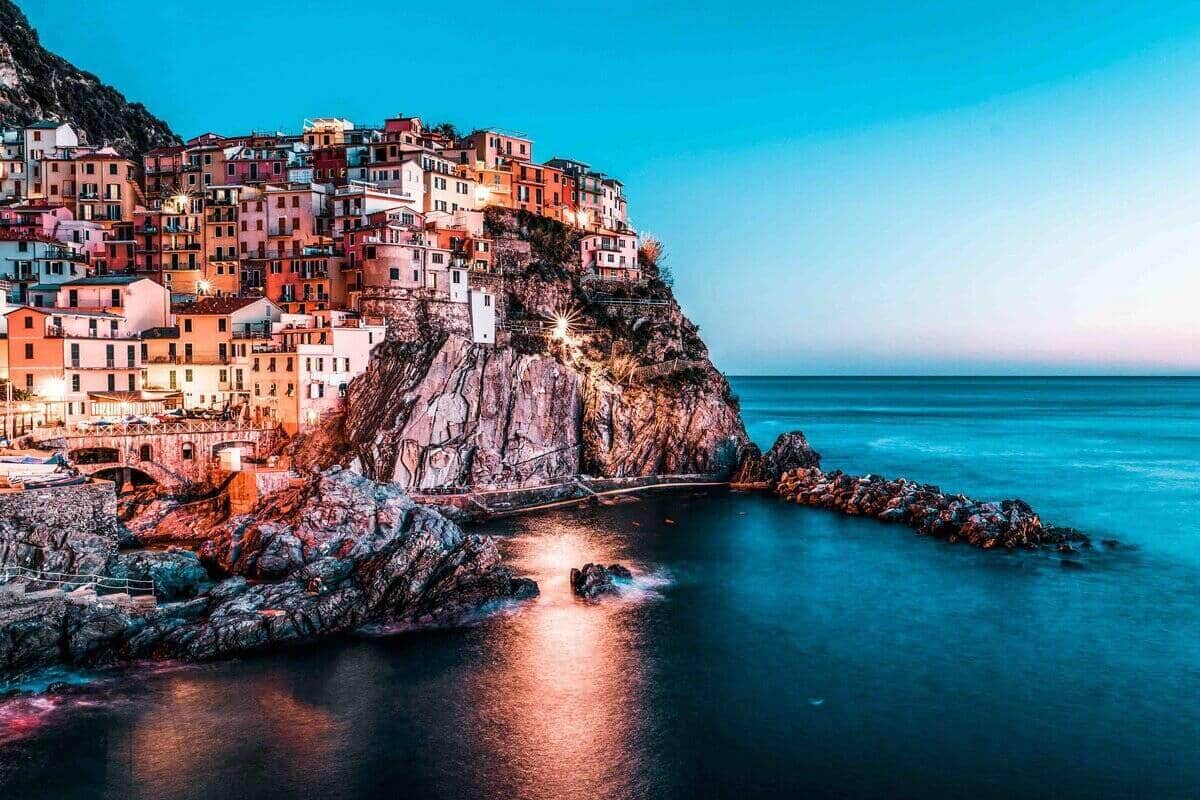
©pocketwanderings.com
Our website includes affiliate links. So, remember that we may receive commissions when you click our links and make purchases. Please read our legal disclaimer document for more information about our Affiliate disclaimer and other disclaimers like the Fair-Use disclaimer.
We all know this famous country with countless historical and natural gems. However, the country is not so tiny, so you must know how to enjoy a trip to Italy. Furthermore, we will answer a few basic questions every first-time visitor asks: When is the best time to visit it? What should you see? What are the costs? Is it safe? So, if you want to learn the answers to these questions, stay with us until the end.
Introduction – How do you plan a Trip to Italy
Italy, a sun-drenched European peninsula surrounded by the Mediterranean Sea, has a rich history dating back to the Etruscans, Greeks, and Romans. Today, bustling cities preserve ancient ruins alongside stunning natural landscapes. Visitors can enjoy the ‘la dolce vita,’ savoring the best food in Europe and exploring countless beautiful cities and towns. This guide will help you make the most of your first visit to Italy, but remember, it’s a big country with 20 distinct regions, each worth exploring. Italy is generally a safe country for travelers, but it’s always wise to be cautious in crowded tourist areas and to keep an eye on your belongings.
Best time for a Trip to Italy
The best time to visit Italy is during the shoulder season, which falls in late spring or early fall. During these periods, the weather is pleasant, the summer crowds are absent, and prices are reasonable. The locals are also typically friendlier and more patient. You can swim in southern Italy in late spring and benefit from shoulder season prices. The same conditions hold for the second half of September and October. Without the summer overcrowding, you can have popular sites almost entirely to yourself and enjoy summer-like weather. Plan to visit in late spring or early fall instead of the summer.
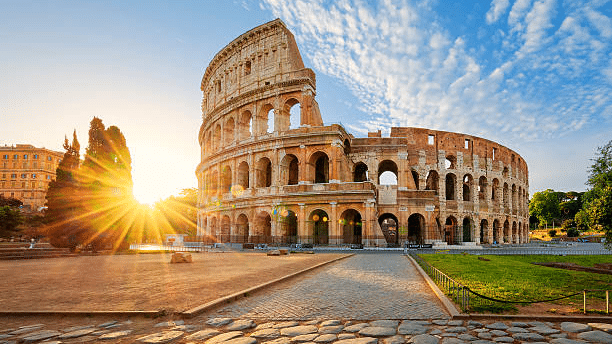
©Istock.com/vwalakte
Where to go on a first trip to Italy
When visiting Italy for the first time, include Rome, Florence, and Venice in your itinerary. While these cities are popular tourist destinations, they are also stunning and rich in history. Rome alone offers enough attractions to fill a week-long visit, while Florence is known as the birthplace of the Renaissance, and Venice was once a powerful maritime empire. Carefully Planning your visit is vital to avoid typical tourist traps. If you have more than a week, consider adding the Amalfi Coast, Cinque Terre, Tuscan countryside, the northern lakes, and cities like Milan, Naples, and Bologna.
Regions of Italy
Italy has 20 official regions, each with its own government and regional identity. They are all quite different, and while Italians all see themselves as Italians, they usually strongly identify with their region of origin.
There is no official designation for the country’s north, center, and south, but the generally accepted rule is that the south starts below Rome, and the north begins with Tuscany. The country’s center needs to be better defined, but broadly includes places level with Rome and Lazio.
Sardinia and Sicily do not fall neatly into any category and are generally considered distinct entities.

©Dan Breckwoldt/stock.adobe.com
Northern Italy
Northern Italy includes border regions with France, Switzerland, Austria, and Slovenia, extending south to Tuscany. The significant areas are Piemonte, Valle d’Aosta, Lombardia, Liguria (Genoa), Trentino-Alto Adige, Veneto, Friuli Venezia-Giulia, Toscana, and Emilia Romagna. This industrial heartland is known for the Alps, the Dolomite mountains, and a diverse culture. The area has medium-sized cities, each with its own distinct culture, cuisine, and dialects.
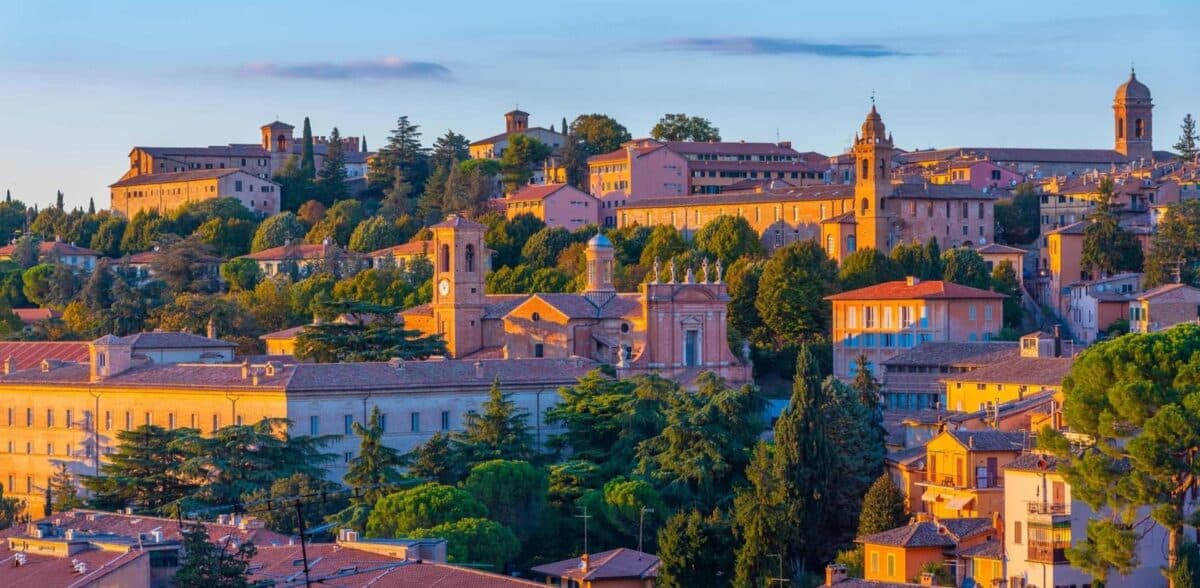
©shutterstock2342938869
Central Italy
Central Italy includes Umbria, Marche, and Lazio. The region is hilly and dominated by the Apennine mountains. Rome is the central city, with Ancona as the largest city in Marche and Perugia as the largest town in Umbria. Umbria is known for its countryside, medieval villages, and religious sites. Marche is a coastal region with fishing ports and hilltop towns. Lazio, surrounding Rome, is rich in Roman ruins and historical monuments.
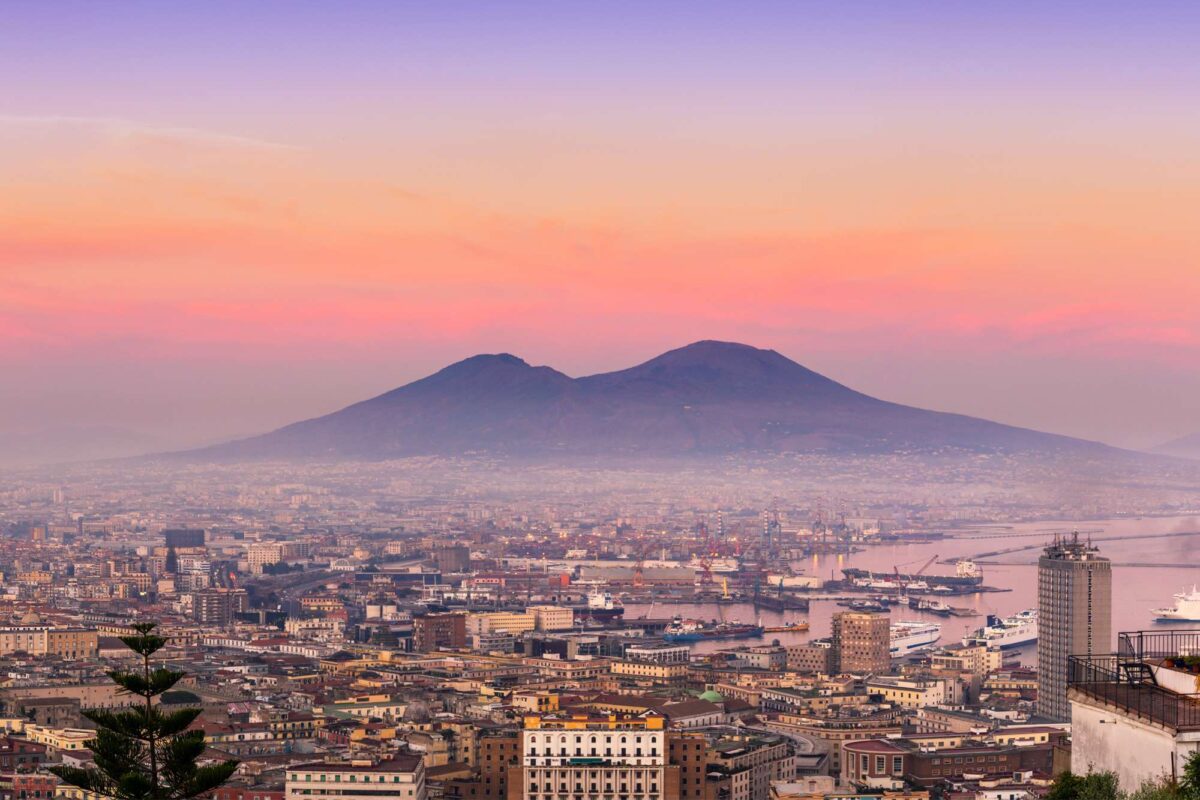
©discover-the-world.com
Southern Italy
Southern Italy, forming Abruzzo, Molise, Puglia, Basilicata, Campania (with Naples and Amalfi Coast), Calabria, and Sicily, is known for its rich agricultural history. Despite being Italy’s most impoverished region in the past, it has seen economic progress lately. More importantly, the area offers a diverse landscape, from hilly hinterlands to spectacular coastlines and archaeological sites. Notable attractions include the baroque jewel of Lecce, the stone cave city of Matera, and the famed Amalfi Coast in Campania.
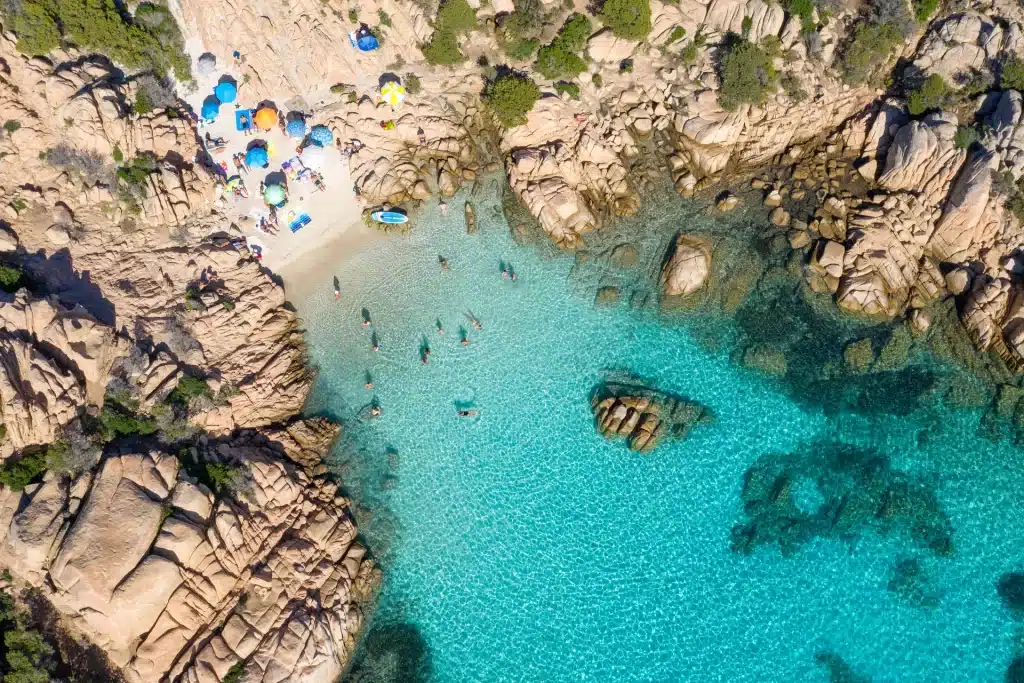
©GettyImages
Sicily and Sardinia
Sicily and Sardinia are unique and diverse island regions in Italy. Sicily offers Greek, Roman, and Norman ruins, elegant cities, beautiful beaches, and distinctive cuisine. Meanwhile, Sardinia is known for its stunning beaches, mysterious Bronze Age ruins, and forgotten Phoenician cities, set against picturesque countryside.
Cost of travel in Italy
While Italy’s major cities and tourist destinations can be expensive, like northern Europe, travel in Italy is generally pricier than in Spain, Portugal, or Greece. However, prices drop significantly outside the most-visited places, and Southern Italy often offers good bargains, making it a budget-friendly option for travelers. This affordability means you can enjoy all Italy offers without breaking the bank. So, rest assured, you can plan a trip to Italy that suits your budget.
Airports and where to fly into
From anywhere outside of Europe, almost all direct international flights to Italy arrive at either Roma Fiumicino or Milano Malpensa airports. Venice and Naples airports have limited non-stop connections with a few non-European cities, so they are worth considering.
If you arrive in Italy via a connecting flight elsewhere in Europe, many other cities are reachable via smaller local airports.
Most airports in Italy have excellent public transit connections, making it easy to reach city centers and start your Italian adventure without the stress of navigating unfamiliar roads or public transportation systems.
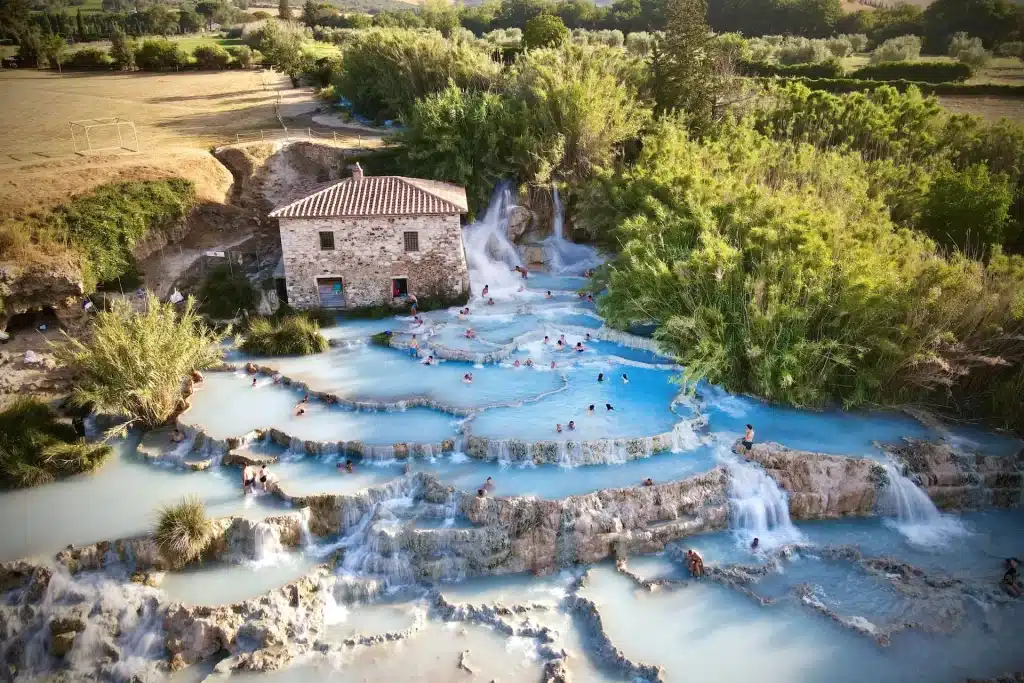
©Mark Pisek/Unsplash
Transportation and travel in Italy
Italy’s public transport system is a traveler’s dream, offering a stress-free way to explore the country. Trains connect major, secondary, and tertiary cities with high-speed options like the Frecciarossa, making urban travel a breeze. Local trains and buses serve within towns and regions; some cities even have metro systems. With this comprehensive network, you can easily navigate the country without the stress of driving or parking, giving you more time to enjoy your Italian adventure.
Train travel in Italy
The Eurail Pass can be a cost-effective option for those planning to visit multiple cities in Italy, especially in the northern regions. This pass allows unlimited travel on Italy’s extensive train network for several days. However, it’s important to note that train service in southern Italy, Sicily, and Sardinia is less comprehensive, and you may need to rely on buses more often. In these regions, having a car is usually necessary to get around.
Trenitalia and ItaloTreno
You can choose between Trenitalia and ItaloTreno when booking train tickets in Italy. Trenitalia operates most train routes and offers various classes, including Standard, Premium, Business, and Executive. It also provides services like dining cars and power outlets. ItaloTreno operates high-speed trains on busy roads and offers Smart, Comfort, and Prima classes. Its trains are newer and offer free Wi-Fi. Trenitalia has more frequent departures, while Italo’s trains are newer and offer free Wi-Fi. Choose based on convenience and the level of service you prefer.
Where to buy train tickets
It’s best to buy train tickets online from the official websites of the train companies Trenitalia and Italotreno. You can also conveniently compare Trenitalia and Italo options on the Omio website/app. Omio provides a user-friendly interface and lets you see all available routes, schedules, and prices in one place. If you buy tickets on the train, there’s a 5 euro surcharge.
When to buy tickets
It’s always best to book your train tickets as soon as possible. For longer-distance trips in Italy, ticket prices increase closer to your travel dates.
Intercity and Freccia trains increase in cost significantly as the travel dates approach, and last-minute bookings could cost up to 4X more than bookings. Regionale trains, however, rarely vary in price and seldom sell out, so there’s no need to buy them in advance.
Remember that with Trenitalia, tickets only become available 90-120 days before the date of travel. Therefore, you can only purchase tickets 3-4 months in advance.
If you’re in a pinch and can’t buy tickets in advance, you can buy them aboard any train. However, there is a 5 euro tax for doing so. Also note that if purchasing a ticket aboard the train, you must find the train conductor before they check your tickets. If you arrive to find yourself without tickets, you can be accepted.
Cost of train tickets
A one-way ticket on a mid-speed Regionale Veloce train will cost 15-20 euros.
High-speed Frecciarossa trains cost 20-100 euros, depending on the travel and when you buy them. A one-way trip from Rome to Naples on the high-speed train costs as little as 20 euros if purchased in advance, but it can go up to above 60 if bought last minute.
Slower trains cost significantly less but are seldom worth the loss in time.
Ticket prices for high-speed trains often increase dramatically as you get closer to the travel date, so booking your tickets far in advance will usually save you vast amounts of money. Tickets can be purchased up to 90 days before, so remember this.
Local trains and some slower regional ones have fixed pricing that does not change depending on the date.
Luggage storage
On all longer-distance trains, overhead luggage storage racks run the length of the seating area. The racks are deep, so you can usually fit even relatively large “checked” luggage.
Each car also has a location at the end of the vehicle with additional non-overhead luggage storage for heavy items you want to avoid lifting.
Validating tickets
When you buy tickets at a train station, you will receive a printed ticket that needs to be validated before boarding the train.
Near the tracks, you will find yellow or green machines into which you must insert your ticket for them to be stamped, showing the current day and time. The machines are often placed at the beginning of the track, so if you wait to validate until you’re next to the train, you’ll have to spring back to the machine.
Once you’re on the train, the conductor will ask to see your tickets. You can be heavily fined if you still need to validate your ticket.
You don’t need to validate anything if you have an electronic ticket associated with your name and a specific travel date.
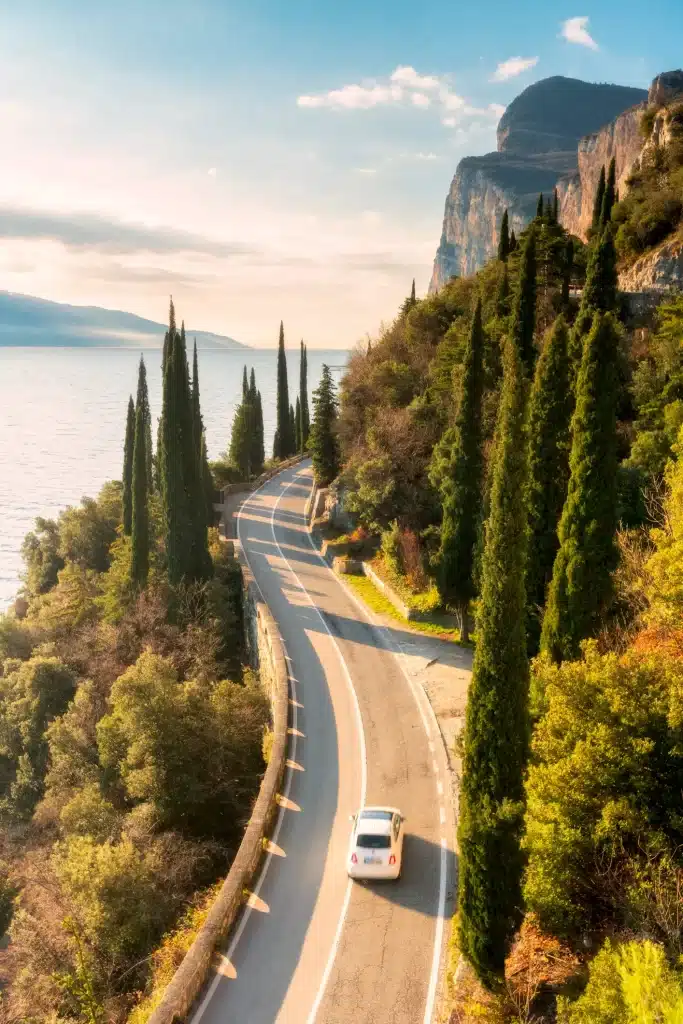
©Getty Images
Renting a car
If you plan to visit major cities in Italy, you won’t need a car, but renting one is a good idea for exploring small towns, the countryside, natural areas, or beaches. Major international rental companies have offices in Italian cities and airports.
Renting a car in Italy costs between 20 and 60 euros per day in shoulder season and up to 100 euros per day in high season. Automatic cars are more expensive and in limited supply. Consider renting from smaller local companies with older vehicles and fewer automatics. You may be offered a Telepass device for automatic toll payment at an additional fee.
An International Driving Permit (IDP) is legally mandated in Italy, although rental agencies rarely request it. However, having one is essential as the police can fine you for not having one, and insurance may not cover you in case of an accident without it.
Get the permit.
Driving in Italy
Driving in Italy differs from driving in North America, the UK, Australia, and much of northern Europe. So, if you’re from a place where the traffic is calmer, the experience of driving in Italy will be somewhere between exciting and nerve-wracking. Italy’s roads are excellent, highways are well-maintained and signposted, and gas and service stations are plentiful. The infrastructure, even in small areas and distant countryside, is quite good.
How Italians drive
Driving in Italy can be challenging for foreign drivers due to narrow streets, steep hills, aggressive driving, and small parking spots. Italian drivers are more aggressive, tailgating and passing in no-passing zones.
Tolls
Italy’s highway system has frequent tolls. If you don’t have an electronic Telepass, you’ll press a button when you pass through a toll booth to receive a ticket. Then, you’ll pass through another toll booth wherever you exit the highway. The machine will calculate your fee based on the distance traveled. You can pay tolls by credit card or cash, but some booths only accept credit cards. If you lose your ticket, you’ll be charged the maximum fee for that road portion.
ZTL – Zona Traffico Limitato (limited traffic zones):
A ZTL, or Zona TL, is an area where traffic is restricted at certain times in a town or city. Electronic signs indicate if the restrictions are in place. Entering a ZTL during restricted hours results in a fine, as cameras monitor these areas. ZTL signs are typically found at the entrances to historic centers or pedestrian-only streets. More importantly, if your hotel is in a ZTL zone, they may have allowances for guests. To avoid a fine, provide your license plate number to the hotel in advance, and they can arrange access with the local authorities.
Parking
In Italy, public parking is available in cities and towns, both free and paid. On-street parking is limited, and parking garages are rare. Public parking lots are usually outside the historic centers in smaller cities and towns. A color system organizes on-street parking: yellow lines indicate restricted areas, white lines indicate public and accessible spaces, and blue lines indicate paid parking. Most parking meters accept cash and credit cards, but it’s best to have both. Private parking lots are rare and usually small underground lots with narrow spaces. Many parking fees can be paid using the Easy Park app.

©Getty Images
Hotels & accommodation
Italy offers many accommodation options, from budget-friendly hostels to luxurious 5-star properties. International hotel chains are found in major cities, while smaller areas offer smaller hotels, B&Bs, and Airbnb/Booking. We encourage booking directly with locally owned properties to support sustainable travel and save money by avoiding commissions.
Different types of hotels in Italy:
- Hotel (Albergo) – Standard hotels of different classes.
- B&B – Small, family-run properties with a few rooms.
- Pensione: Similar to a B&B but more extensive and less intimate, it may offer limited services.
- Agriturismo: Found in the countryside, often similar to a B&B, may include agricultural activities.
- Airbnb and Booking- Platforms for renting apartments, houses/villas, or rooms.
- Private Villas: Many companies in Italy specialize in renting luxury villas.
When to book your hotels
The easy answer is: as early as possible!
If you travel in the summer, you should book your hotels months in advance to get better prices and ensure availability. During peak season, entire towns, cities, and provinces fill up almost entirely, and aside from paying astronomical prices for last-minute bookings, you can only be sure you’ll find a room.
If you’re traveling in shoulder season and are prepared to be flexible with where you stay (think small town just outside a city or countryside instead of the town center), you can find a room last minute and often for a reasonable price. You will usually get minor discounts for booking late, although you can frequently negotiate a better rate if you book directly and pay cash.
If traveling in the winter, finding accommodation outside of ski resorts will be easy, and there is no need to book in advance except for around Christmas and New Year.
Tassa di soggiorno
The “tassa di soggiorno” is a nightly tax levied by local municipalities and charged as an additional per-night fee when renting a hotel room or apartment. It varies from city to city but is usually between 1 and 4 euros. The tax is never included in the upfront price of your booking, almost always needs to be paid in cash, and is a mandatory fee.

©Static Media/Shutterstock
Restaurants and Dining in Italy
Italian cuisine and the Mediterranean diet have been appreciated for centuries. French cooking may be more intricate, but nowhere does the simple things as well as in Italy. Here, the focus is always on fresh, hyper-local, and seasonal ingredients.
Dishes are made to highlight their main ingredients, and cooks use very little sauce and seasoning. Many dishes contain just a few components, and the goal is always to bring out the flavor of each ingredient rather than combine them to create a blend of flavors.
Expect lots of pasta, gamey meats, cured pork, fresh seafood, leafy greens, hard cheeses, and nightshades (tomatoes, eggplant, peppers, etc.).
Note: you can read our articles about what to eat in Rome.
Meals & mealtimes:
In Italy, breakfast is typically a light meal from 7:00 to 9:00 AM, consisting of coffee and a croissant. Lunch, the main meal, is from 12:30 to 2:30 PM and includes salad, pasta or rice dishes, and meat or fish. Dinner, eaten from 7:30 to 10:00 PM, is lighter but substantial, with more significant portions than lunch, and often includes both a first and second course.
Restaurants in Italy
In Italy, there are three primary types of restaurants: Osteria, Trattoria, and Ristorante. An osteria is informal, a trattoria is more formal, and a ristorante is the most formal. Additionally, “tavola calda,” a type of Italian dinner popular among blue-collar workers, offers a rotating menu of affordable, pre-prepared food.
In Italy, service is efficient and friendly, while in North America, the waitstaff may need to be more outwardly friendly. Service may be slower, and you’ll need to ask for the check when ready to pay.
Ordering food:
Italians rarely request dish modifications, although they may ask to add or remove a single item. Sometimes, servers and kitchens may be closed to such requests. However, if you have food allergies or intolerances, rest assured that menus must list all ingredients in each dish. Kitchens are generally willing to assist you in finding a suitable option that meets your dietary requirements.
Food traditions:
Italians have specific culinary rules. For example, they prefer grated cheese with seafood dishes and don’t drink coffee with milk after 11:00 AM. Florentines insist on cooking Bistecca alla Fiorentina only rare.
Paying and tipping at restaurants
Cash or card: Most restaurants now accept credit cards, but some are cash only or may claim their card machine needs to be fixed. Tipping at restaurants in Italy is uncommon, except at higher-end or heavily touristed places where 5-10% is a reasonable amount.
In many Italian restaurants, a small ” coperto ” fee, usually 1-3 euros per person, is added to each bill. It covers bread, linens, silverware, and dishwashing. It’s mandatory and not a tip for the waiter. Charges over 3 euros per person may be excessive.
Other useful things to know
English is widely spoken in major cities and tourist destinations but less so in rural areas, especially in the south. When entering a place, it’s polite to say “Buongiorno” or “Buona sera,” and when leaving, “Ciao” is acceptable. If someone greets you, it’s courteous to respond in kind.

©Getty Images
Cultural etiquette
Italians are generally warm and friendly, making it easy to initiate conversations. Personal space is less respected in Italy, so be prepared for people to invade your space. Dressing is important in Italy, and men and women must dress well. Gym clothes and athleisure wear are inappropriate outside of the daytime. Queuing in lines is not strictly followed in Italy. Bargaining is expected, so don’t hesitate to offer a discount or negotiate the price.
Take a look at
References and sources:
Photo credits:
Feature Photo: Getty Images


